 This is Tessa. She looks cute, I’ll give her that. But behind those eyes lurks a bizarre sense of humor and a complete lack of fear and forethought.
This is Tessa. She looks cute, I’ll give her that. But behind those eyes lurks a bizarre sense of humor and a complete lack of fear and forethought.
See, a week and a half ago, she microwaved something for 30 minutes or more. The entire kitchen filled with black smoke and my wife and I spent nearly 5 hours (till 2:30 in the morning) scrubbing and cleaning and washing and airing out the home.
That was bad enough, but then last night, Tessa almost pushed things over the top. Almost. She was thwarted in her attempts because of a wise purchase I had made a few hours earlier.
Allow me to explain: A couple nights ago I started a paint project in our kitchen. I had finished most of the work on that first night and last night, I decided to finish up by painting some chalkboard paint on a small area on the wall so my wife could make notes, keep a small grocery list or whatever.
Anyway, that was last night’s project and before I left RepcoLite at the end of the day, I walked through the aisles picking up the supplies I was going to need. I grabbed some tape, a roller, some primer for another project and then, finally, I ended up in the brush aisle.
Now, you may remember another blog post where I wrote about a particular brush that I really love—the Chinex Excalibur brush from Corona. It’s a great brush—it cleans up easily, it applies paint beautifully and in every other way, it’s been the best brush I’ve ever owned. I’ve talked about it on the radio, I’ve written about it, and I’ve plugged it to our customers over and over and over again. I love it. Actually, I LOVED it.
See, about a month ago, I wrecked mine. I used it for polyurethane and forgot to clean it up. I found it a few days later, lying face down on my workbench. It was a terrible loss—an inglorious end for such a magnificent tool—and I’ve been mad at myself ever since.
Anyway, back to yesterday: I was walking through the aisles at RepcoLite and I came to the brushes. My first inclination—since I’m trying to watch what I spend—was to pick up the cheap brush for my paint job that night. I could get a $7 brush, get a couple uses out of it and toss it. I was just about to do that when I saw a new Chinex Excalibur brush on the shelf. That made me pause. I debated back and forth for a while and finally settled on the more expensive brush—exactly the same as the one I had wrecked a month or so ago.
I felt a little bad about spending the extra money . . . but before long I was at home working—applying my black chalkboard paint to the wall using my new brush.
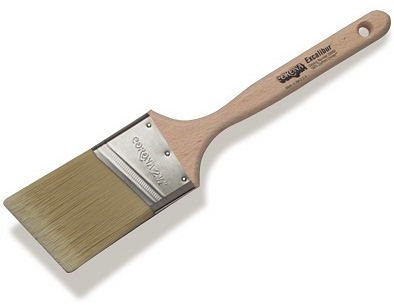 Well, everything went well: I finished the project quickly and started to wash out my new brush and put my stuff away for the night. I had only run the brush under the tap for about 30 seconds when one of the kids hollered for my attention. When they didn’t quit, I quickly spun the brush in my hands to remove the excess water and I set it on the counter planning to come back later and rinse it a little better.
Well, everything went well: I finished the project quickly and started to wash out my new brush and put my stuff away for the night. I had only run the brush under the tap for about 30 seconds when one of the kids hollered for my attention. When they didn’t quit, I quickly spun the brush in my hands to remove the excess water and I set it on the counter planning to come back later and rinse it a little better.
5 minutes later, after dealing with the kid who needed help, I came back to finish my brush cleaning job and discovered the brush was missing. I looked everywhere. It was nowhere to be found. So I did what I always do when I can’t find something: I called for the kids and asked who took it.
Well, it didn’t take long for Tessa (ahh, back to Tessa)—the one who microwaved our kitchen a couple nights ago—to come slinking out of the living room with my brush in her hands.
When she gave it to me, I asked her what she had been doing with it. She answered, as all kids everywhere answer: “nothing” and then she quickly tried to leave.
Well, something wasn’t quite right, so I pressed the issue: “were you brushing things in the living room?”
She looked down, up, sideways—everywhere except at me—and finally answered: “yes.”
Well, that made me nervous—she’d been brushing in the living room with a brush that I’d just had black paint in and which I had only rinsed out for a few seconds before putting down on the counter . . . and then I moved beyond nervous when a horrible thought hit me: we had just received new chairs from my inlaws. The only new things in our home right now. The only things that really could be damaged or wrecked by a little kid with a paint brush.
I gulped and asked the question I didn’t want to ask: “Did you brush the chairs?”
Tessa looked at me . . . debated . . . I could see the turmoil in her little crazy 5 year old kid eyes . . . and then she finally answered: “Well, Hannah told me to do it.”
 Now, this is Hannah. She’s 3 years old. Would you listen to Hannah if she told you to do something? No. Nobody in their right mind would listen to Hannah on matters of grave importance. Why Tessa routinely chooses to listen to her is something that I cannot even begin to understand. However, at that particular moment, I wasn’t even thinking about it. I was thinking about all the different tricks I know to help me get black paint out of light fabric. That is, I was thinking about those things until I got to the chairs and noticed something amazing: they were completely clean.
Now, this is Hannah. She’s 3 years old. Would you listen to Hannah if she told you to do something? No. Nobody in their right mind would listen to Hannah on matters of grave importance. Why Tessa routinely chooses to listen to her is something that I cannot even begin to understand. However, at that particular moment, I wasn’t even thinking about it. I was thinking about all the different tricks I know to help me get black paint out of light fabric. That is, I was thinking about those things until I got to the chairs and noticed something amazing: they were completely clean.
Tessa even showed me where she brushed them. I turned on all the lights, examined them closely, and still . . . no paint. Not a smudge . . . not even a watered-down. gray streak. Nothing.
Well, naturally, I grabbed the brush and looked it over . . . and I realized how wise my purchase at RepcoLite earlier had been: the brush was perfectly—absolutely—clean.
I had only given it a quick, 30 second rinse in the sink. I had been pulled away from my task before I could adequately clean it. And yet, because of the special nature of the bristles used in this brush . . . that 30 seconds had been enough to rinse away every single last ounce of black paint. In fact, after just 30 seconds under running water this brush was clean enough to brush over brand new chairs and not leave a mark.
Now, I wouldn’t recommend trying that. In fact, I’ll never intentionally try it again . . . but I will, one more time, recommend the corona excalibur brush as THE best brush I’ve ever owned. Do yourself a favor . . . and pick one up. Drop the money just once and you’re not going to be sorry.


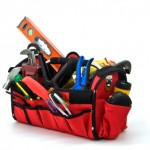
 ROLLER FRAMES. We recommend that you have at least one 9" roller frame and one 4" roller frame in your kit. Most folks already have one or more of these, but if you don't, then you'll want to make sure you pick up one or more. Having a 9" roller frame is great for those larger areas you need to paint. And the 4" frame is perfect for small jobs and touch-ups.
ROLLER FRAMES. We recommend that you have at least one 9" roller frame and one 4" roller frame in your kit. Most folks already have one or more of these, but if you don't, then you'll want to make sure you pick up one or more. Having a 9" roller frame is great for those larger areas you need to paint. And the 4" frame is perfect for small jobs and touch-ups. ROLLER COVERS. Well, it doesn't take a rocket scientist to see that your roller frames are only going to be useful if you've got a couple covers to go on them. At RepcoLite, we recommend that you have at least one 9" cover and one 4" cover on hand at all times. And, if at all possible, make sure they're new. Used roller covers can work out OK for priming, but if you're trying to do any touch-ups or repainting, you'll want a brand new roller cover.
ROLLER COVERS. Well, it doesn't take a rocket scientist to see that your roller frames are only going to be useful if you've got a couple covers to go on them. At RepcoLite, we recommend that you have at least one 9" cover and one 4" cover on hand at all times. And, if at all possible, make sure they're new. Used roller covers can work out OK for priming, but if you're trying to do any touch-ups or repainting, you'll want a brand new roller cover. 9" ROLLER TRAYS. Most folks have a roller tray or two sitting around in their basement or their work room or possibly even their garage. However, if you're not one of those people, then get your hands on one. You could purchase a standard metal tray (which works well with cheap, disposable tray liners) or you could opt for a cheaper plastic tray like the one pictured at the left.
9" ROLLER TRAYS. Most folks have a roller tray or two sitting around in their basement or their work room or possibly even their garage. However, if you're not one of those people, then get your hands on one. You could purchase a standard metal tray (which works well with cheap, disposable tray liners) or you could opt for a cheaper plastic tray like the one pictured at the left. 4" ROLLER TRAY. Besides making sure you have a standard 9" roller tray on hand, you should also buy a handful of disposable 4" trays as well. These 4" trays are great for all sorts of little touch-up work and other small projects. They clean up well and will easily last you through 3 or more paint jobs. Best of all, they usually retail for just over $1.00.
4" ROLLER TRAY. Besides making sure you have a standard 9" roller tray on hand, you should also buy a handful of disposable 4" trays as well. These 4" trays are great for all sorts of little touch-up work and other small projects. They clean up well and will easily last you through 3 or more paint jobs. Best of all, they usually retail for just over $1.00. THE CHINEX EXCALIBUR BRUSH from CORONA. OK, this is the one area where we'd recommend that you splurge a little. This brush from Corona is comprised of special filaments that are chemically engineered to release latex paints. This means a couple of things. First, the brush will apply latex paints remarkably well. Secondly (and more importantly, in my book), this means the brush will clean up easily. Literally, you can swirl this brush around in a bucket of water for about 30 seconds and then run it under a tap for 10-15 seconds more and it will be perfectly clean. That's why we recommend it for your "Emergency Kit". The ease with which it cleans up makes it less of a pain for you to switch colors and accomplish multiple little touch-ups quickly and easily.
THE CHINEX EXCALIBUR BRUSH from CORONA. OK, this is the one area where we'd recommend that you splurge a little. This brush from Corona is comprised of special filaments that are chemically engineered to release latex paints. This means a couple of things. First, the brush will apply latex paints remarkably well. Secondly (and more importantly, in my book), this means the brush will clean up easily. Literally, you can swirl this brush around in a bucket of water for about 30 seconds and then run it under a tap for 10-15 seconds more and it will be perfectly clean. That's why we recommend it for your "Emergency Kit". The ease with which it cleans up makes it less of a pain for you to switch colors and accomplish multiple little touch-ups quickly and easily. SPACKLING COMPOUND. Another key component for your "Home Repair Emergency Kit" is an 8 oz containter of White Lightning Lightweight Spackling Compound. It's easy to work with, it dries quickly and resists shrinking and, best of all, it's a breeze to sand! Having a tub of this stuff on hand at all times means you're always ready to patch a ding in your drywall or fill nail holes.
SPACKLING COMPOUND. Another key component for your "Home Repair Emergency Kit" is an 8 oz containter of White Lightning Lightweight Spackling Compound. It's easy to work with, it dries quickly and resists shrinking and, best of all, it's a breeze to sand! Having a tub of this stuff on hand at all times means you're always ready to patch a ding in your drywall or fill nail holes. PUTTY KNIVES. If you're going to stock up on a little bit of spackling compound, then you better get a few putty knives to go with it. Now, if you want some high-quality knives, you can buy them at RepcoLite for about $5.00 - $7.00 or so. But if you want something cheaper for your "Emergency Kit", look into the plastic knives we stock. Oh, they're not going to last forever, but if you're just filling a few holes or doing a little puttying, they'll be fine. You can purchase them in 1", 2" and 3" sizes--each one less than $1.00.
PUTTY KNIVES. If you're going to stock up on a little bit of spackling compound, then you better get a few putty knives to go with it. Now, if you want some high-quality knives, you can buy them at RepcoLite for about $5.00 - $7.00 or so. But if you want something cheaper for your "Emergency Kit", look into the plastic knives we stock. Oh, they're not going to last forever, but if you're just filling a few holes or doing a little puttying, they'll be fine. You can purchase them in 1", 2" and 3" sizes--each one less than $1.00. 6" and 10" JOINT KNIVES. However, though plastic knives will work out alright for most patching work, you'll probably want to invest in one or two drywall joint knives. These are 6" or 10" knives that run between $4.50 and $7.25 and they're very handy to have if you're filling any large areas--a definite must-have in your kit.
6" and 10" JOINT KNIVES. However, though plastic knives will work out alright for most patching work, you'll probably want to invest in one or two drywall joint knives. These are 6" or 10" knives that run between $4.50 and $7.25 and they're very handy to have if you're filling any large areas--a definite must-have in your kit. TAPE. Always have a roll of safe-release painter's blue tape from 3M around. Sure, you could purchase cheaper rolls of tape, but the safe-release tape is nice because it can be used on so many different surfaces. It's the only tape I know of that can perform well on walls, trim, freshly painted areas, and wallpaper. Regular tape is limited as to where it can be used, but the safe-release 3M tape can be used in almost any situation you encounter. And, as an added benefit, this tape offers remarkably crisp cut-in lines.
TAPE. Always have a roll of safe-release painter's blue tape from 3M around. Sure, you could purchase cheaper rolls of tape, but the safe-release tape is nice because it can be used on so many different surfaces. It's the only tape I know of that can perform well on walls, trim, freshly painted areas, and wallpaper. Regular tape is limited as to where it can be used, but the safe-release 3M tape can be used in almost any situation you encounter. And, as an added benefit, this tape offers remarkably crisp cut-in lines.  DROPCLOTHS. Besides masking tape, we'd also recommend that you purchase a 12' x 15' or so plastic dropcloth. These aren't expensive and they can be used for any number of little jobs that come up: from protecting your floors while you're painting to protecting your furniture from dust if you're doing any remodeling.
DROPCLOTHS. Besides masking tape, we'd also recommend that you purchase a 12' x 15' or so plastic dropcloth. These aren't expensive and they can be used for any number of little jobs that come up: from protecting your floors while you're painting to protecting your furniture from dust if you're doing any remodeling. SANDPAPER. One of the easiest tools to overlook is sandpaper, yet it's something that we used in many typical home repair projects. Whether you're repainting, patching walls, or painting furniture, sandpaper plays a critical role in the process. So get your hands on six to ten sheets of 220 grit, 150 grit, and 120 grit paper. Those are the most commonly used grits and having a stock of each one on hand will help you out immensely.
SANDPAPER. One of the easiest tools to overlook is sandpaper, yet it's something that we used in many typical home repair projects. Whether you're repainting, patching walls, or painting furniture, sandpaper plays a critical role in the process. So get your hands on six to ten sheets of 220 grit, 150 grit, and 120 grit paper. Those are the most commonly used grits and having a stock of each one on hand will help you out immensely.





 OK, that title is convoluted at best. But it’s more attention-grabbing than the first title I tossed up there: Silicone Caulk–Use With CAUTION. Yeah, after typing that, I almost fell asleep. So I changed the title in the hopes of infusing it with energy and lively interest.
OK, that title is convoluted at best. But it’s more attention-grabbing than the first title I tossed up there: Silicone Caulk–Use With CAUTION. Yeah, after typing that, I almost fell asleep. So I changed the title in the hopes of infusing it with energy and lively interest.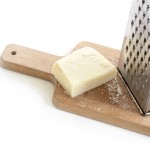
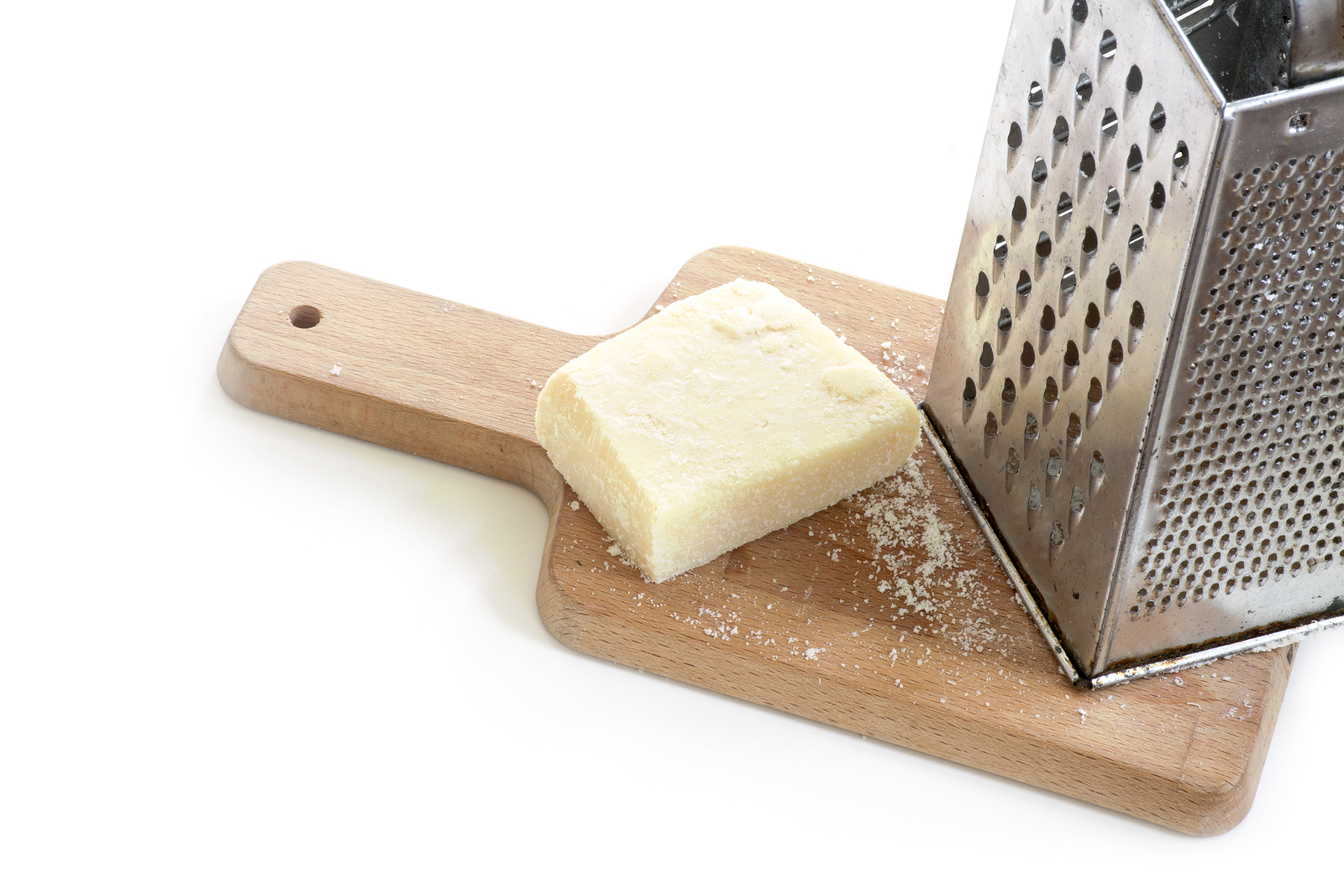 There are some products or items that should only be used with extreme caution and with a full understanding of the ramifications.
There are some products or items that should only be used with extreme caution and with a full understanding of the ramifications.

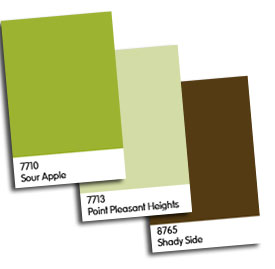 Pick up some simple shelves and splash them with a bright color and you’ll be amazed how much character they display. These simple, boring, run-of-the-mill shelves suddenly look like designer pieces when we see them in a pink or a bright yellow.
Pick up some simple shelves and splash them with a bright color and you’ll be amazed how much character they display. These simple, boring, run-of-the-mill shelves suddenly look like designer pieces when we see them in a pink or a bright yellow.